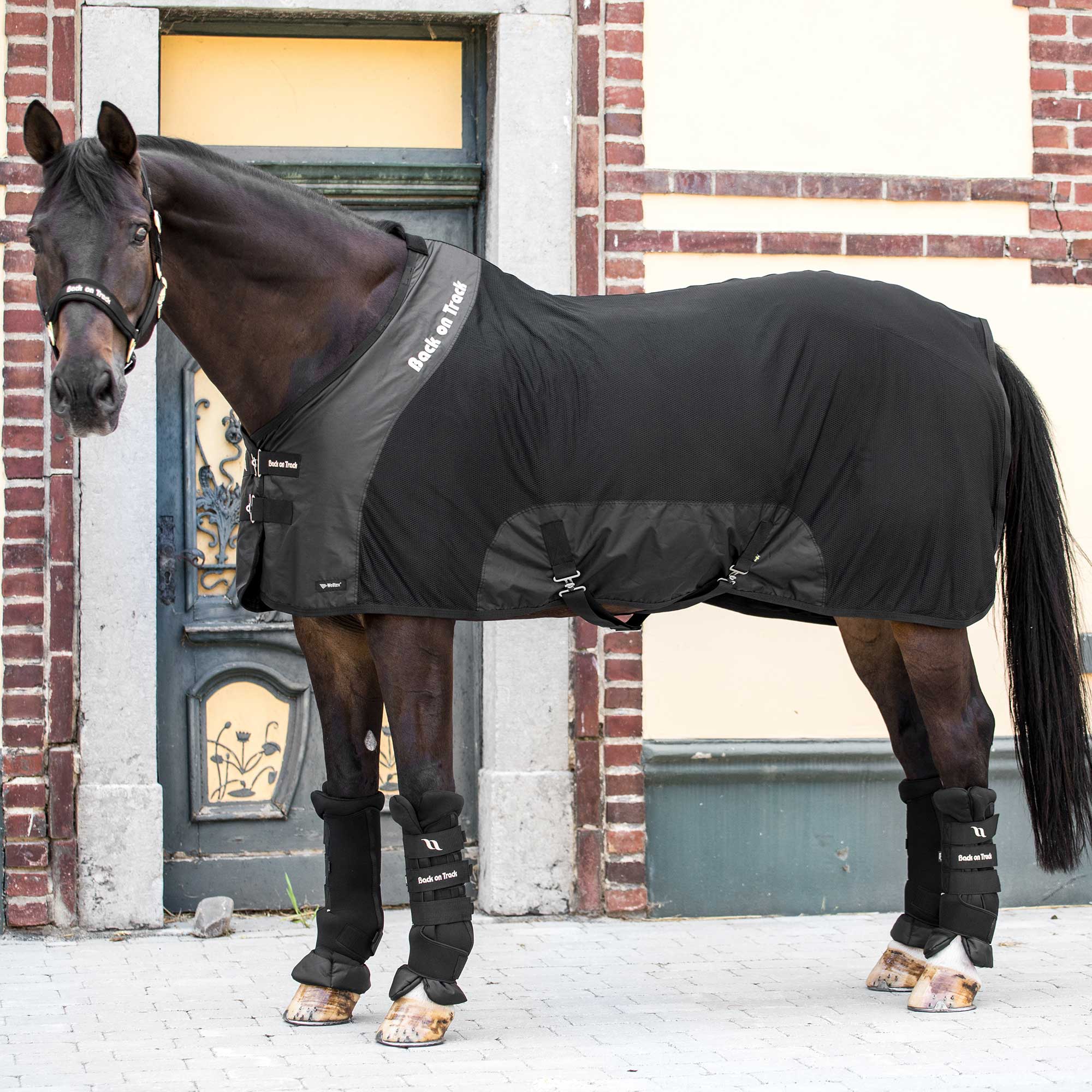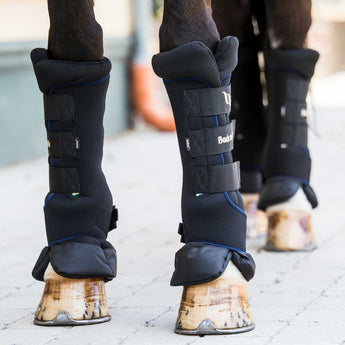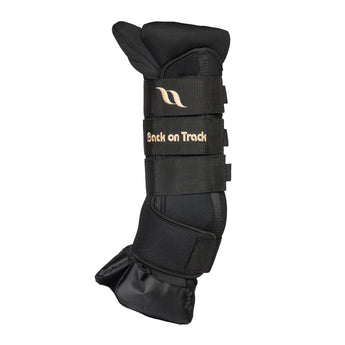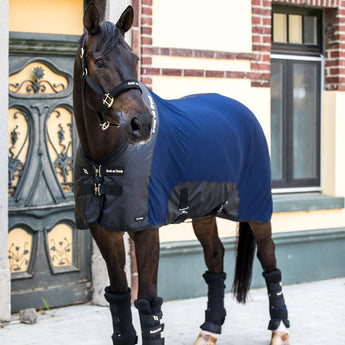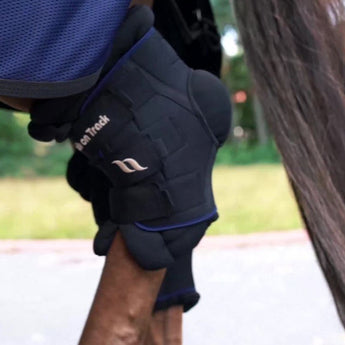The back and knee brace, arthritic knee brace, dog hock brace, ankle brace socks, dog wrist brace, thermal knee brace, elbow tendonitis brace, and brace for calves are some of the common pet and human braces or compression gear. But our focus in this article is on calf braces, which sportsmen and women use as well as patients with muscle and joint pain and injuries. Calf braces work by giving body muscles a gentle squeeze, which helps in increasing blood circulation and minimizing muscle vibration.
This type of gear improves oxygen supply to the muscles and may relieve muscle soreness. This post presents to you insightful tips on how to clean and maintain your brace for calves and other forms of compression gear.
Why clean compression gear?
Braces often soak up lots of sweat and dirt when you engage in tedious activities or physical exercises. Such sweat and dirt may cause bad odor. But there is more to a dirty brace for calves than the bad smell. Dirty and foul-smelling braces can cause health problems such as staph infections, ringworms, and folliculitis.
So, if your braces for calves start giving off a bad odor, it’s time to clean them to prevent skin conditions. What do you do when cleaning your sports and pet mobility braces?
What does the tag or label on the brace say?
For your compression gear to stay functional and sturdy, you’ll first need to follow the manufacturer’s cleaning tips on the gear’s label or tag.
What's the material of your brace?
Braces are often made from a combination of materials, which include neoprene, cloth, leather, plastic, and metal. A washing machine can clean braces with 100% mesh or nylon. But you shouldn’t clean braces with neoprene, metal components, and plastic and fabric fibers by using a washing machine because they may warp, corrode, deform, or suffer other forms of damage
What do you need for the handwashing of your braces?
Essential supplies for washing your compression gear include laundry detergent, enough soft cleaning water, a towel, a washrag, and a hairdryer (optional).
What are the cleaning steps?
Soaking: First, you should mix enough laundry detergent and clean water in a bowl and soak the compression gear in the water for approximately five minutes to loosen dirt and sweat.
Scrubbing: You should then remove the braces and lay them on your towel. You should spread out the towel on a cleaning table or laundry countertop. You should then scrub the braces with a washrag on all sides.
Rinsing: After that, you should rinse your braces by using a sprayer at a sink. You could also run the braces under a tap, but you should use enough water. You should rub and squeeze it as you rinse to ensure all dirt and soap gets removed.
Drying: You can air-dry your braces after pressing all the water out of them. If you’re in a hurry to dry them, you can use a hairdryer that’s set at the ‘cool’ or ‘low heat level’ to dry your braces. You should never use a dryer unless the cleaning instructions on the brace say so.
Are your braces still smelling even after a thorough cleaning?
If your brace for calves or any other braces still has some terrible odor even after cleaning, then you should find an ideal method to remove the odor. You can remove the lingering smell by using vinegar. You can soak your braces in vinegar by wiping them with a piece of wet cloth soaked in vinegar to avoid destroying the metallic components. After that, you can clean it as usual, and the smell will be gone because vinegar kills molds and bacteria that cause bad odor.
Many American homes have at least one type of pet or a sporting and fitness enthusiast. You and your pet need compression gear for better mobility and safe exercising. Your bought brace for calves and other types of human and pet compression gear needs proper and regular cleaning to stay functional and sturdy. As such, follow the tips outlined above to prolong the life of your compression gear.

